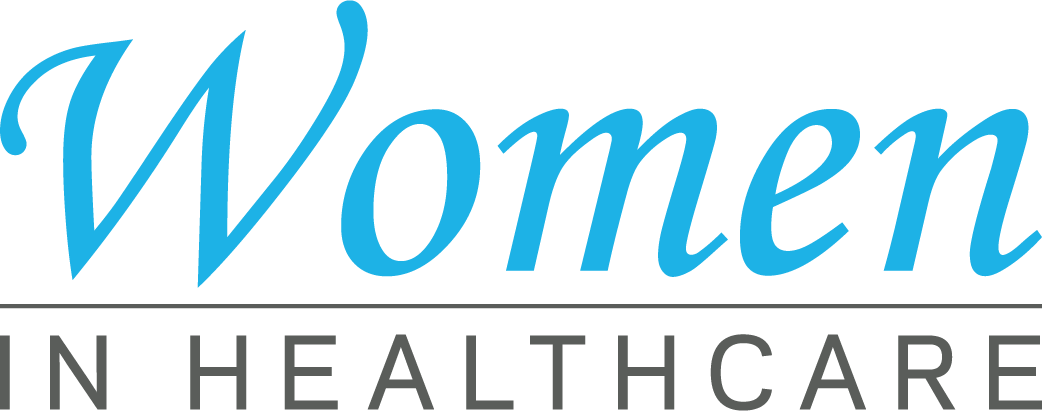Top Healthcare RCM Strategies for Better Financial Efficiency
Top Healthcare RCM Strategies for Better Financial Efficiency
Blog Article
A Comprehensive Overview on Exactly How Medical Care RCM Functions to Improve Billing and Collections
Navigating the intricacies of healthcare income cycle management (RCM) is vital for suppliers intending to improve their payment and collections procedures. The overview unboxes the ins and outs of RCM, from patient registration to accounts receivable monitoring, offering understandings right into enhancing each step.
Understanding Revenue Cycle Monitoring
Understanding the complexities of Income Cycle Monitoring (RCM) is necessary for health care organizations aiming to enhance their economic performance. RCM is a crucial management function that incorporates the entire economic procedure of person care, from the preliminary appointment setting to the last payment of the balance. It is a complicated procedure designed to recognize, accumulate, and manage the earnings from the solutions given to clients. Effective RCM ensures that healthcare carriers receive prompt and exact payments, decreasing the risk of earnings loss and improving cash money flow.
The RCM process starts when a person timetables a consultation and expands through the individual's care trip, including payment and collections. A crucial goal is to reduce the time in between offering a service and receiving payment, thus boosting the organization's economic health. RCM includes different functions such as patient enrollment, insurance policy verification, cost capture, coding, claims submission, payment uploading, and managing rejections and appeals.
Trick Elements of RCM
In the world of Profits Cycle Management (RCM), understanding its essential elements is basic to achieving financial efficiency within medical care organizations. RCM is a thorough procedure that encompasses numerous phases, each vital to guaranteeing effective payment and collections. The primary parts consist of person registration, insurance confirmation, cost capture, coding, insurance claim entry, settlement posting, and balance due management.


When coded, cases are submitted to payers, where precision is paramount to avoid hold-ups or denials - Healthcare RCM. Repayment uploading includes tape-recording the obtained payments, which permits the settlement of accounts. Finally, accounts receivable monitoring concentrates on monitoring and attending to unpaid claims, making sure timely follow-up and resolution
Each part of RCM is adjoined, and ineffectiveness in any type of component can disrupt the whole cycle. Consequently, mastering these aspects is essential for health care providers to maximize income and improve their economic health.
Strategies for Effective Payment

Standardizing payment treatments across the company is one more crucial approach. Developing clear standards for paperwork, coding, and entry aids keep consistency and conformity with regulative demands. Training personnel regularly on these procedures makes sure everyone is up-to-date with the most recent adjustments in invoicing codes and payer policies.
Accurate fee capture is necessary in preventing earnings leakage. Implementing regular audits and surveillance systems permits the identification and modification of inconsistencies before they affect revenue. Furthermore, preserving open lines of interaction with payers assists to promptly deal with any disagreements or misunderstandings that might develop.

Finally, interesting clients early in the billing procedure by providing clear price quotes and instructional products regarding their monetary obligations can considerably minimize confusion and enhance settlement timeliness. These strategies collectively add to an extra effective and economically healthy invoicing system.
Enhancing Collections Processes
Offered the intricacies of clinical payment and the selection of payer find needs, improving the collections procedure includes executing calculated steps that guarantee timely and precise repayment of services made. Automation tools can assist in tracking case statuses, sending timely suggestions to people, and handling denials more efficiently.
Clear and transparent client interactions are critical. Providing comprehensive descriptions of fees and offering adaptable repayment plans can increase client contentment and prompt settlements.
Regular audits of the collections process ought to be carried out to recognize areas for enhancement and make sure compliance with laws. By analyzing data, health care companies can recognize trends, prepare for prospective issues, and adapt strategies as necessary (Healthcare RCM). Eventually, a well-enhanced collections procedure not only supports economic health and wellness however likewise contributes to a much more seamless experience for patients and staff alike
Optimizing Revenue Streams
Structure upon the foundation of a strong collections process, healthcare companies can further boost their monetary security by tactically enhancing income streams. This includes a multi-faceted method, starting with a detailed evaluation of existing revenue sources to recognize inadequacies and locations for growth. Employing innovative information analytics devices allows organizations to obtain understandings right into payer mix, client demographics, and solution utilization patterns, permitting data-driven decisions that enhance revenue capture.
Executing automated payment systems can significantly minimize mistakes and expedite cases processing, guaranteeing that income is gathered a lot more efficiently. Furthermore, maximizing payer contracts through normal arrangements can enhance repayment rates and terms, straight influencing the bottom line. Diversifying service offerings, such as incorporating telehealth or health programs, can additionally attract a wider person base, therefore boosting revenue possibility.
An additional important component is enhancing person involvement and complete satisfaction, as pleased clients are more likely to abide by therapy strategies and make prompt repayments. Offering adaptable repayment choices and transparent billing techniques can enhance collections and foster patient commitment. Healthcare RCM. By embracing these techniques, medical care companies can create an extra resistant monetary structure, ensuring continual growth and stability in an ever-changing market landscape
Conclusion
Finally, health care Earnings Cycle Administration (RCM) plays a critical role in maximizing billing and collections procedures by incorporating key components such as patient enrollment, insurance policy confirmation, cost capture, coding, asserts entry, and balance due monitoring. By employing innovative technology, standardizing procedures, and cultivating patient interaction, healthcare companies can dramatically lower claim rejections, speed up repayment check out this site cycles, and boost money flow. a knockout post This thorough technique to RCM ultimately leads to enhanced economic efficiency and sustainability for healthcare companies.
The RCM procedure begins when a person schedules a consultation and prolongs through the client's treatment journey, consisting of invoicing and collections.An additional crucial element is enhancing person involvement and satisfaction, as satisfied clients are extra most likely to stick to therapy strategies and make prompt settlements. Offering flexible repayment alternatives and transparent payment practices can improve collections and foster person commitment.In conclusion, health care Profits Cycle Monitoring (RCM) plays an important role in enhancing payment and collections procedures by integrating essential elements such as person enrollment, insurance confirmation, cost capture, coding, asserts submission, and accounts receivable monitoring. By using sophisticated modern technology, systematizing treatments, and fostering client involvement, medical care service providers can considerably reduce case rejections, accelerate settlement cycles, and boost money flow.
Report this page